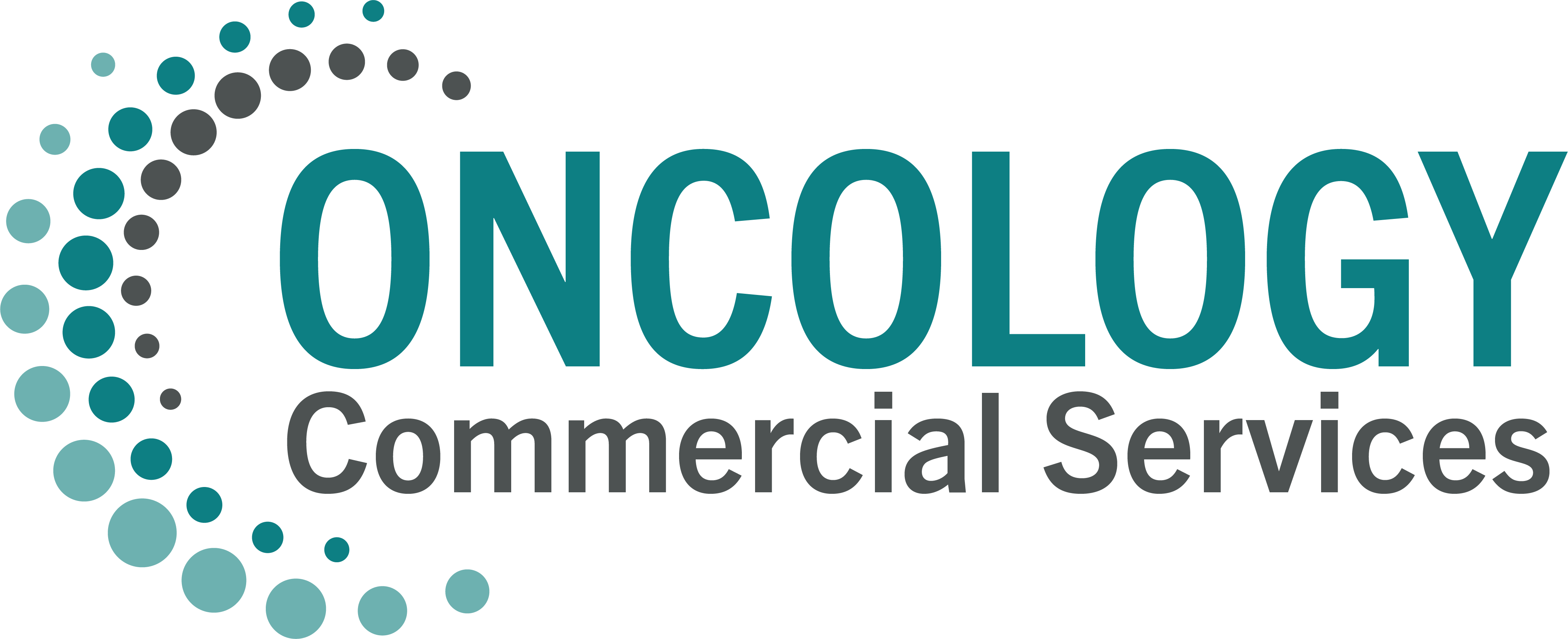ODAC’s unanimous 12-0 vote to allow MRD as an accelerated approval endpoint for multiple myeloma is a triumph in the right direction!
The last 2 weeks has seen the oncology world reacting and responding to the phenomenon of Minimal Residual Disease or MRD. So what exactly is MRD and has it got a place in helping physicians and oncologists do their jobs better? The Lymphoma and Leukemia Society has a very nice factsheet telling you what it is and a deeper insight into MRD is here for the hardcore enthusiast. In its simplest explanation, Minimal Residual Disease refers to the counting of residual cancer cells that are still in a patient’s body after cancer treatment. That patient may well have achieved partial or even complete response following the prescribed cancer treatment but these lurking residual cells are thought to be the reason why relapses happen. For our story here, MRD relates only to blood cancers such as leukemias, lymphomas and myelomas although it has also been used in assessments for solid tumors (we’ll have to leave that out otherwise it will get confusing). With blood cancers, it’s much easier to relate to MRD as we can literally see cancerous blood cells in centrifuged blood samples. And our story specifically relates only to multiple myeloma.
The FDA’s very own ODAC (Oncologic Drugs Advisory Committee) has itself been building up a head of steam culminating in its 12th April 2024 ODAC meeting on exactly this subject, so you know ODAC also believes this is an important topic. ODAC meetings are always a big deal and you can see all 6 and a half hours of discussion and debate on the YouTube link here. The long and short is that the ODAC voted by a unanimous 12-0 to approve the use of MRD as an accelerated approval endpoint in multiple myeloma clinical trials. As is FDA custom, you can get all the 12th April 2024 documents on their website here, but the official announcement of the 12-0 vote comes out on X (formerly called Twitter)!!
Why is this important? For many years now, it’s been known that there’s no effective curative therapies for multiple myeloma. Debates on the use of surrogate endpoints always get mired in their suitability and how much time is needed and how many patients are lost through each successive line of therapy. Everybody wants to have a more meaningful assessment of whether a new therapy for multiple myeloma is going to work or not and nobody wants to wait years for less than precise endpoints. Professor Carl Ola Landgren who led the ODAC discussions believes that MRD satisfies all these criteria and he got the result that he’s been asking for since 2009! Well done, sir!
So, what does this mean in practice? It means if we can have an agreed way to measure MRD, we can begin to be sure that the patients are really getting better when their MRD score moves done (negative) and there’s even a possibility that these multiple myeloma patients can have treatment pauses (or gaps) much like solid tumor patients who can have a pause when their tumors shrink significantly. There’s of course a lot we still don’t know but the simplistic and convenient correlation between MRD-negativity and remission allows oncologists to make a judgement call so much earlier. And better for everyone. I feel this is a good call and Professor Landgren is fully deserving of a nice drink after that ODAC meeting.
What’s there left to do? Well, we’ve got to be all agreed what the assays are that we measure MRD for MM. There are different MRD tests and as long as there is agreement on their usage and utility, we should rapidly progress. I hope this success also ignites the same question for other blood cancers such as ALL or AML. Wouldn’t it just be brilliant?
READ THE ARTICLE – https://www.fda.gov/advisory-committees/advisory-committee-calendar/april-12-2024-meeting-oncologic-drugs-advisory-committee-meeting-announcement-04122024
